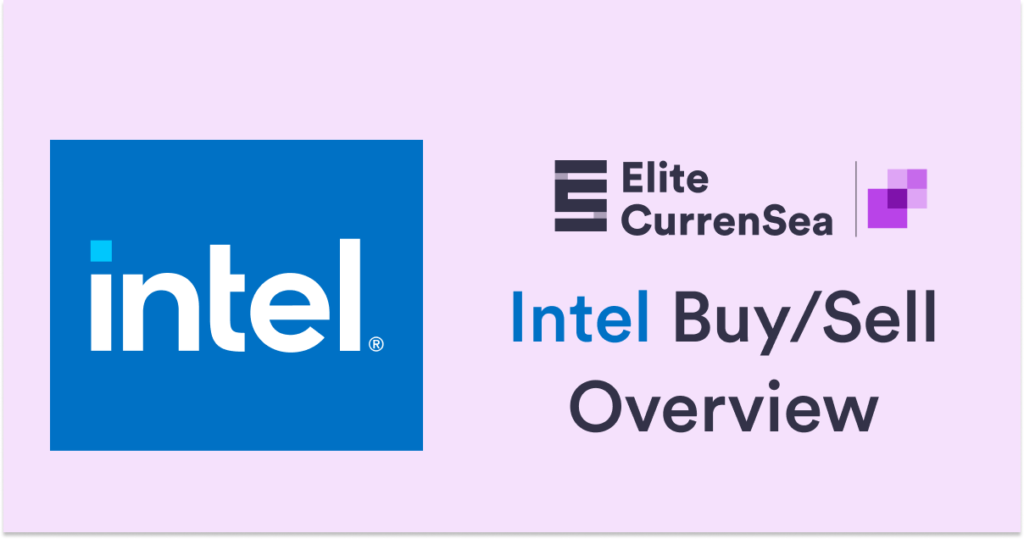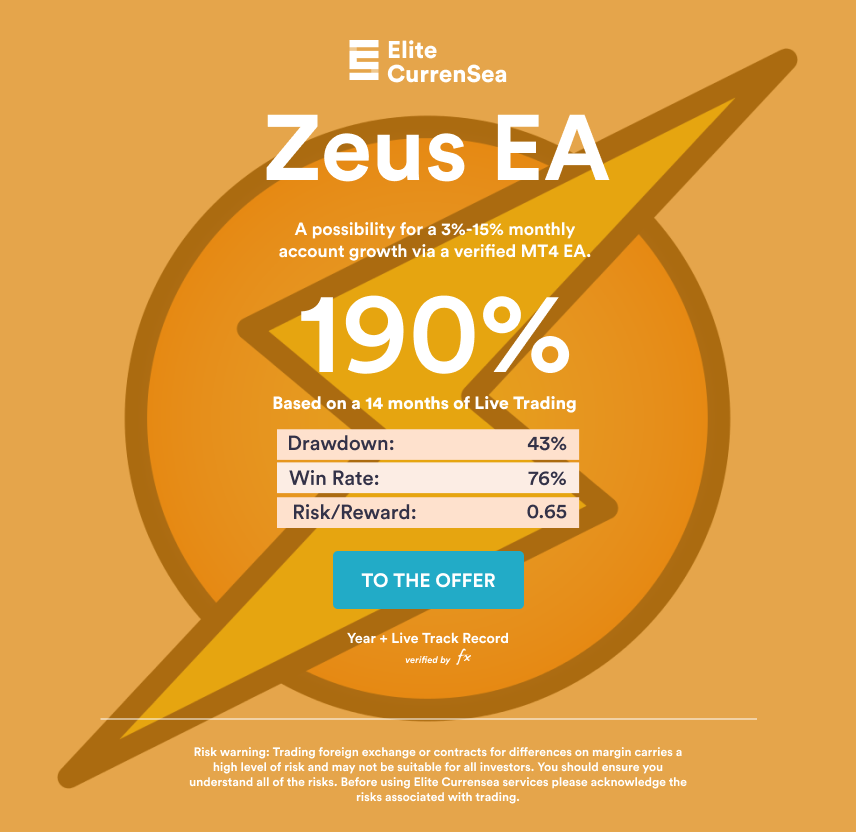Is Intel Worth Buying?

Dear traders,
Intel is forecast as the downtrodden after sharing news of further chip delays. Losing business by the month, Intel (INTC) became the notorious company whose fate seemed all but sealed away.
On paper, it appears that Intel is struggling, but the financial markets and traders’ sentiment show resilience in bullish demeanor. To get the full scoop regarding Intel and what other traders believe, we invite you to continue onward.
INTC Historical Performance
As everyone can relate, the ushering in of 2020 has been nothing but challenging. The same case applies to Intel, whose emergence in 2020 met with deep-rooted skepticism. With losing a substantial sum of business with Apple to Qualcomm (QCOM), Intel losses are further compounded by Apple’s announcement to switch from Intel chips to in-house Mac and Apple chips.
INTC losing Apple’s business is significant. However, these events also best depict Intel’s resiliency. Here is Intel’s 6-month historical start-of-month stock data:
- April 01, 2020 – 52.50 Open, 62.13 High
- May 01, 2020 – 58.83 Open, 64.14 High
- June 01, 2020 – 62.49 Open, 65.11 High
- July 01, 2020 – 59.91 Open, 61.93 High
- August 01, 2020 – 48.27 Open, 51.50 High
- September 01, 2020 – 50.91 Open, 52.68 High
- September 17th, 2020 – 49.37 Open, 50.48 High
Note how Intel’s opening and high between May 2020 to July 2020 don’t deviate much, despite this being the period during which Apple announced its departure from Intel chips.
The grit reflected in trader sentiment is a testament to Intel’s integrity.
Trader Consensus of Intel
There’s been quite a bit of controversy regarding traders’ sentiment of Intel.
Shared below are a couple of the most recent reviews for both positive and negative experiences:
Tmapres – “Bottom line, as an ECE I’m buying more Intel for my venture portfolio. I also think the day will come when GPU fall out of favor, and then NVDA and AMD will suffer. QCOM is a different story, and ARM is a real solution for mobile apps.”
Invote – “Not a semi guy, but up on consumer durables like PCs. Apple makes most of the gross margin in the PC biz. Like over 90%. With only 15-20% market share. Now they go their own way with processors. …Maybe server biz is good, but even then I read about ARM based chips in development by Intel’s customers like Amazon and Google. But, I don’t know that biz. Intel is a great American company, and I hope they succeed. But as an investor, I will pass on the stock.”
John Root – “Yeah, I think people’s forecasts of demise for Intel and glory for AMD are a little premature.”
RobertPredicts – “…Intel is a screaming buy a couple more points down. They hit a speed bump but will be back in 2021 with a vengeance. All things equal intel has a better chip than AMD. Amd has increased market share for a season, but people want intel in their laptops, not amd. Long run, this stock rebounds wildly. We will see this week if indeed Amd is now in the over priced territory with Nvidia. If Intel hits $45 buy with all 3 hands.”
Threats of Buying into Intel
- Low P/E Ratio – Intel has a price to earnings ratio of 8.95.
- Poor Leadership – Intel has experienced numerous setbacks partially from poor management. Setbacks like the 10-nanometer chip failure in 2017, from being outperformed by Taiwan Semiconductor Manufacturing Company in market cap, and its large business acquisitions are questionable.
- Neutral Trend – Intel has shown no actual signs of being bullish or bearish recently.
- Losing Corporate Business – Intel is losing a disproportionate sum of its business with Apple.
- Delays in R&D – Delayment of the 7nm until 2022 negatively impacts investor confidence.
- Diverted Focus – Over the past decade, Intel’s diversified buying frenzy left them less capable of optimizing its CPU department.
Pros & Cons
| Pros & Cons of Buying Intel Stock | |
| Pros | Cons |
| It is a leader in a high-growth sector. | Competitors pose a significant risk. |
| Stock is affordable to retail traders. | Continual delays in technological developments. |
| Substantial dividend yields. | The semiconductor market is diminishing. |
| A company with loyal customers. | Loss of Apple business. |
| Intel beat analyst estimates for Q2 by a large sum. | Intel has a gross margin dip of 61.6% from 2019. |
Intel Seasonality Analysis
Intel’s seasonality indicated a bullish behavior beginning in October with a max rate of 80% in November and 60% in December. The stock has been sideways since August and accumulating strength, likely for the next move. Intel’s earnings report is due on October 22, and with volatility high, price movement could be significant.
Applying a straddle options strategy would be a tactful approach to consider. A PUT purchase and a CALL ATM with 40 days expiration 30 days before the earnings date should allow traders to take advantage of the increased volatility heading into the earnings season.
The Bottom Line
Like with any stock, there are a multitude of variables to consider before trading Intel. As trader feedback suggests, Intel’s management’s replacements may prove to be a useful strategy for restoring lost investor confidence from the 7nm chip delays.
That is nothing but an immediate term course of action, however, opposed to a long-term plan. As INTC has shown, they are no strangers to combating obstacles, while investor sentiment seems deeply rooted in Intel’s brand loyalty and recognition over the years. Should you be itching towards investing with Intel, then a straddle options strategy may be an appropriate approach for you.
What are your thoughts on Intel?
Are they poised to perform or become victims of operational decay?
Share your thoughts with us below!








Leave a Reply